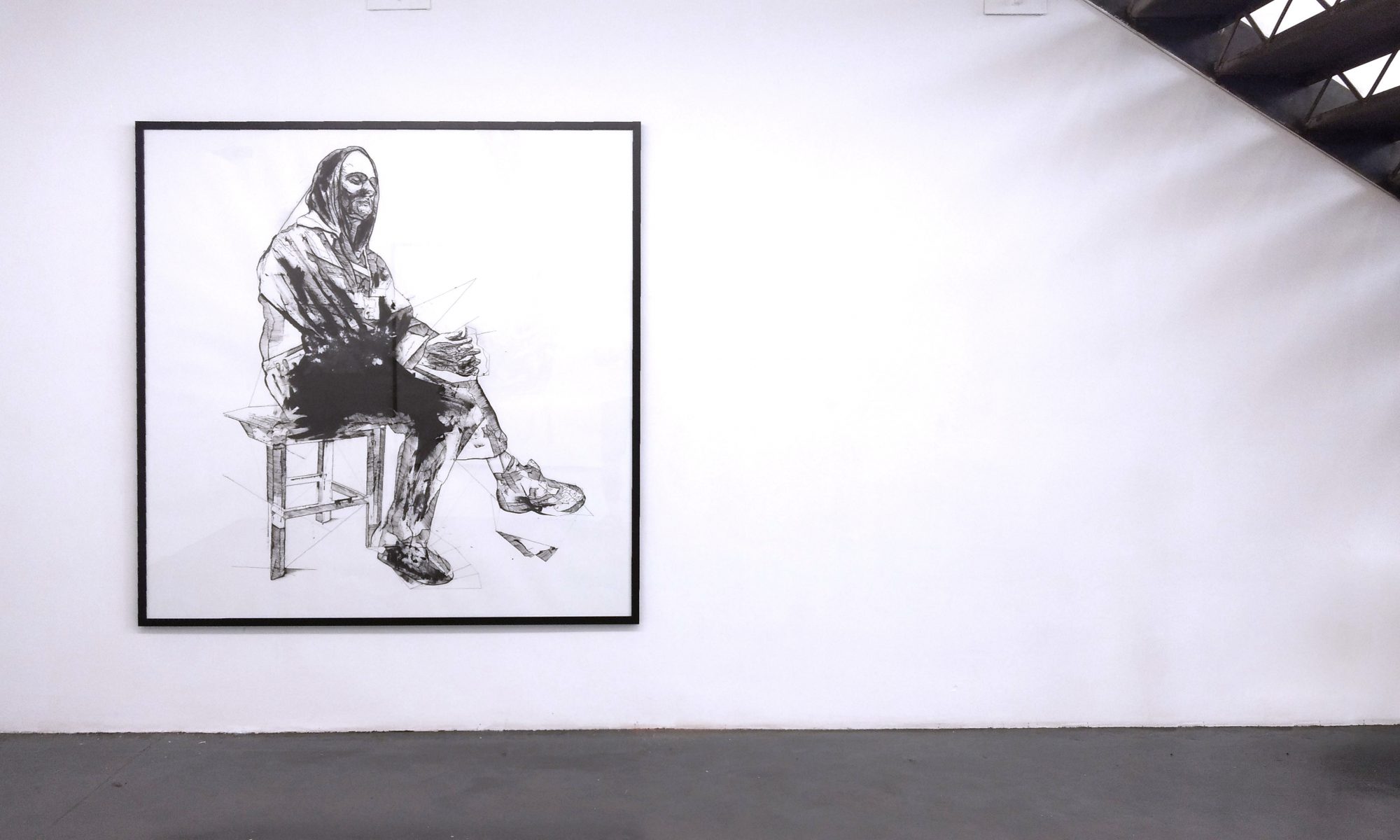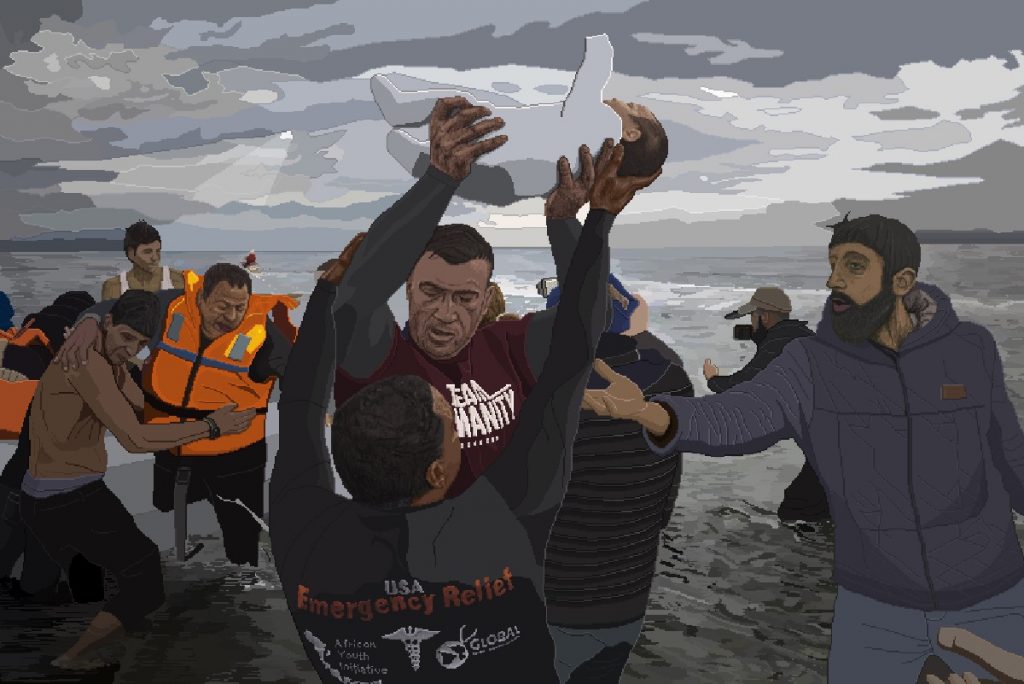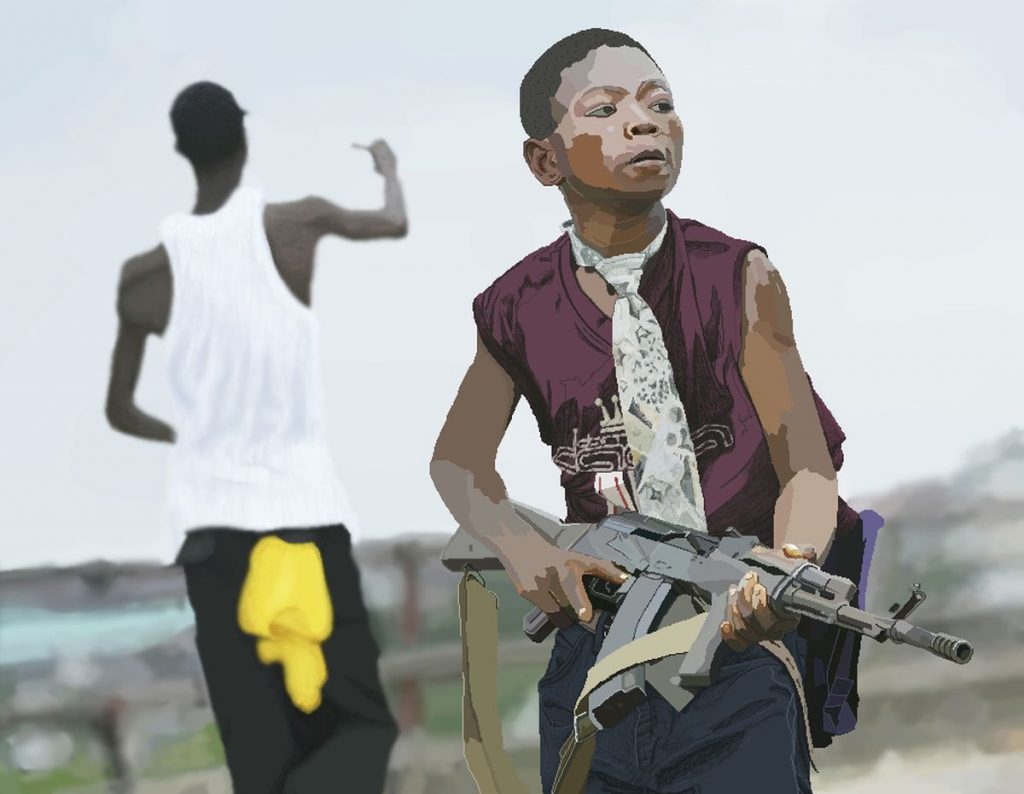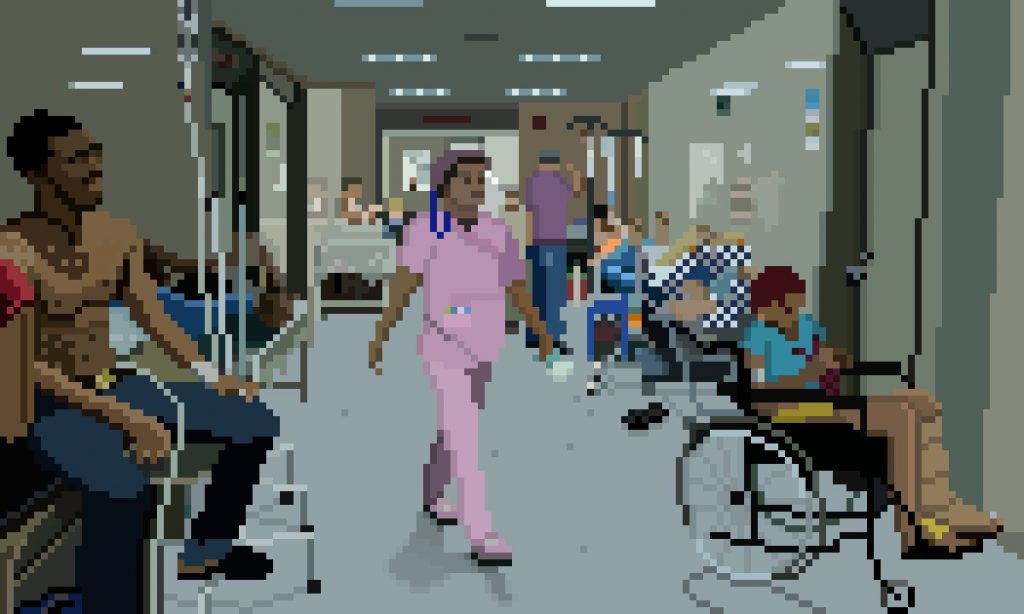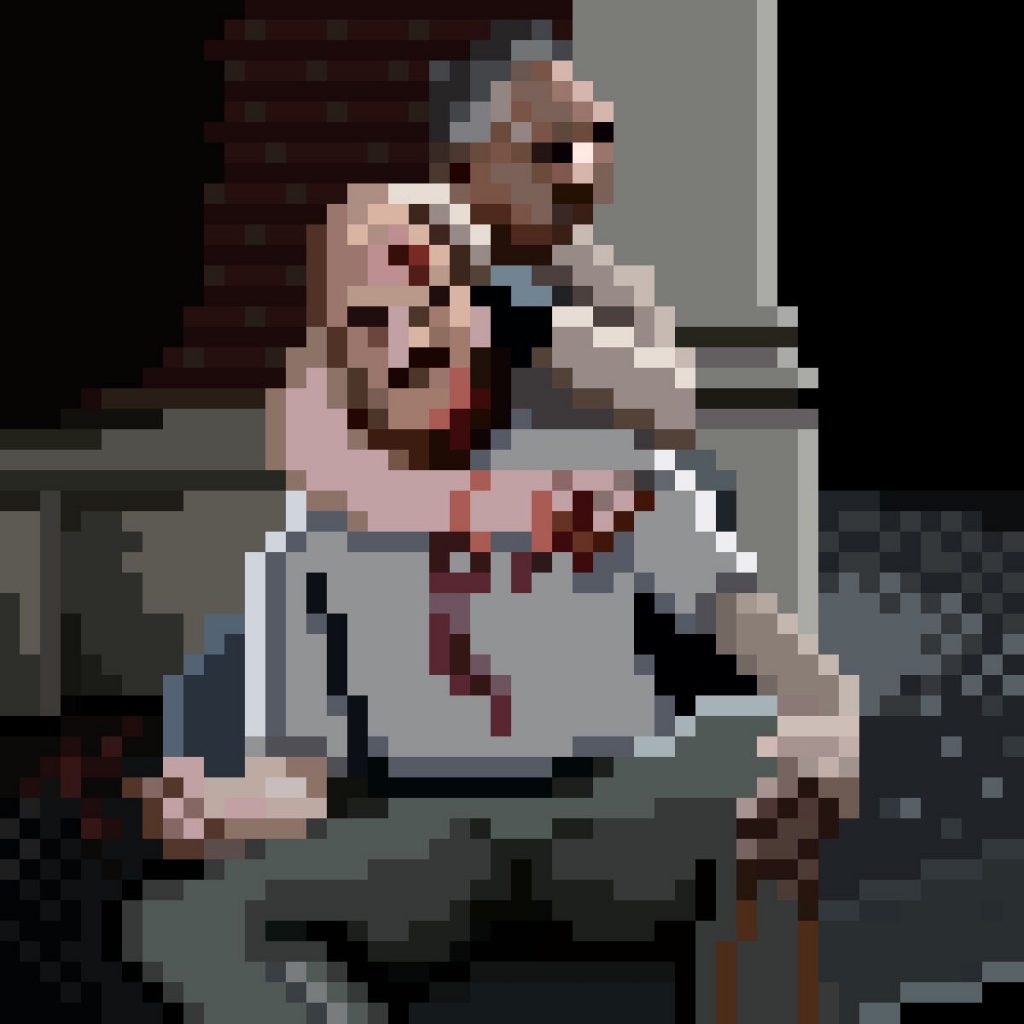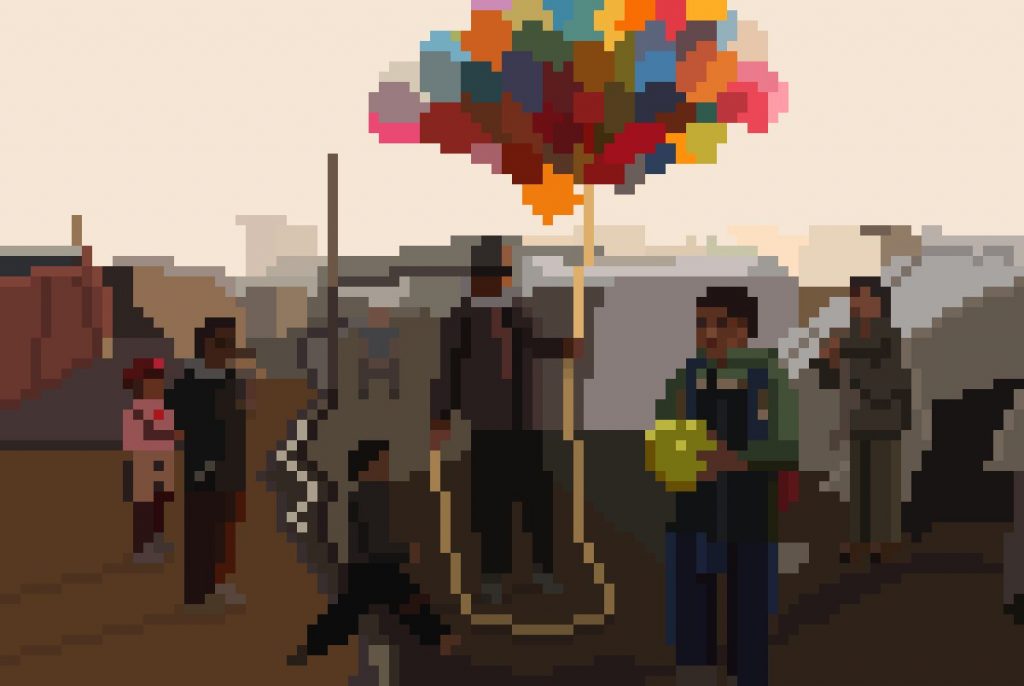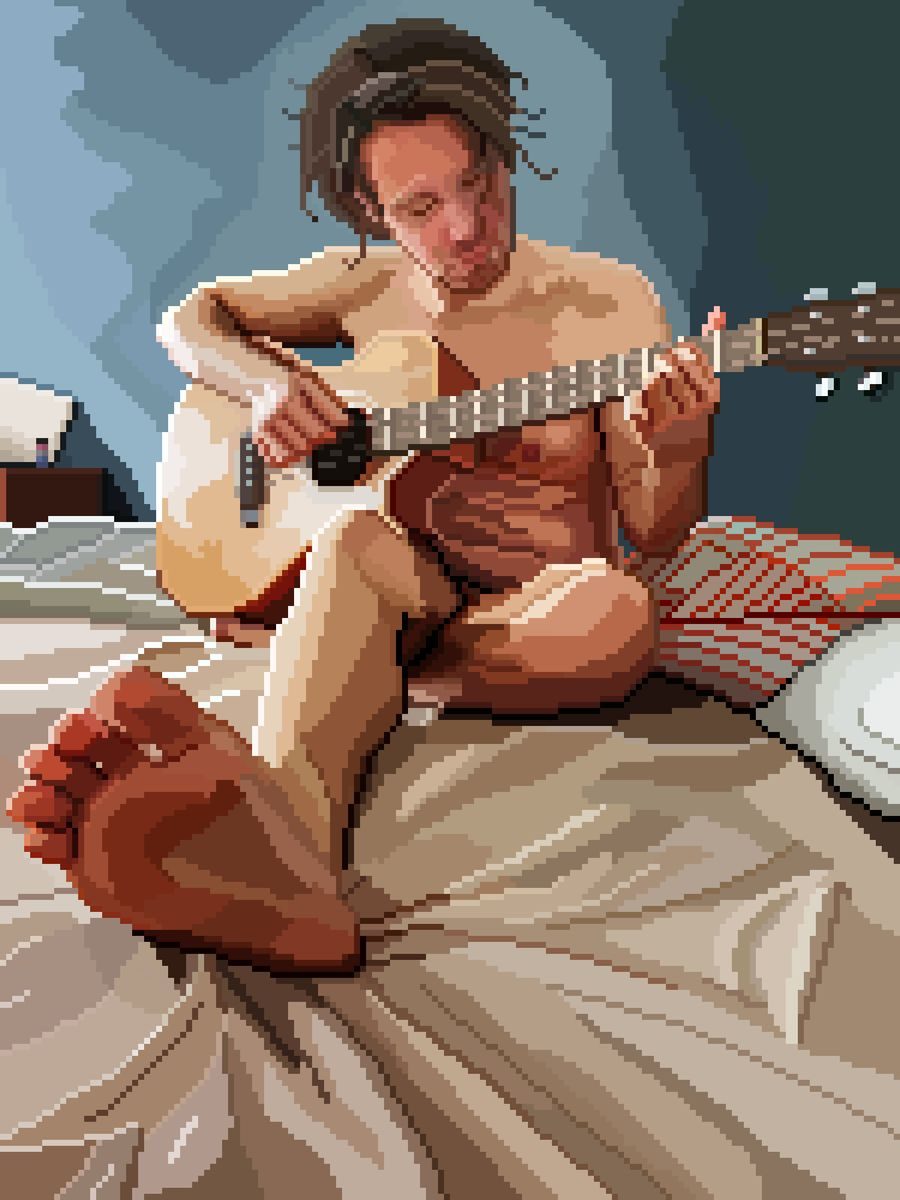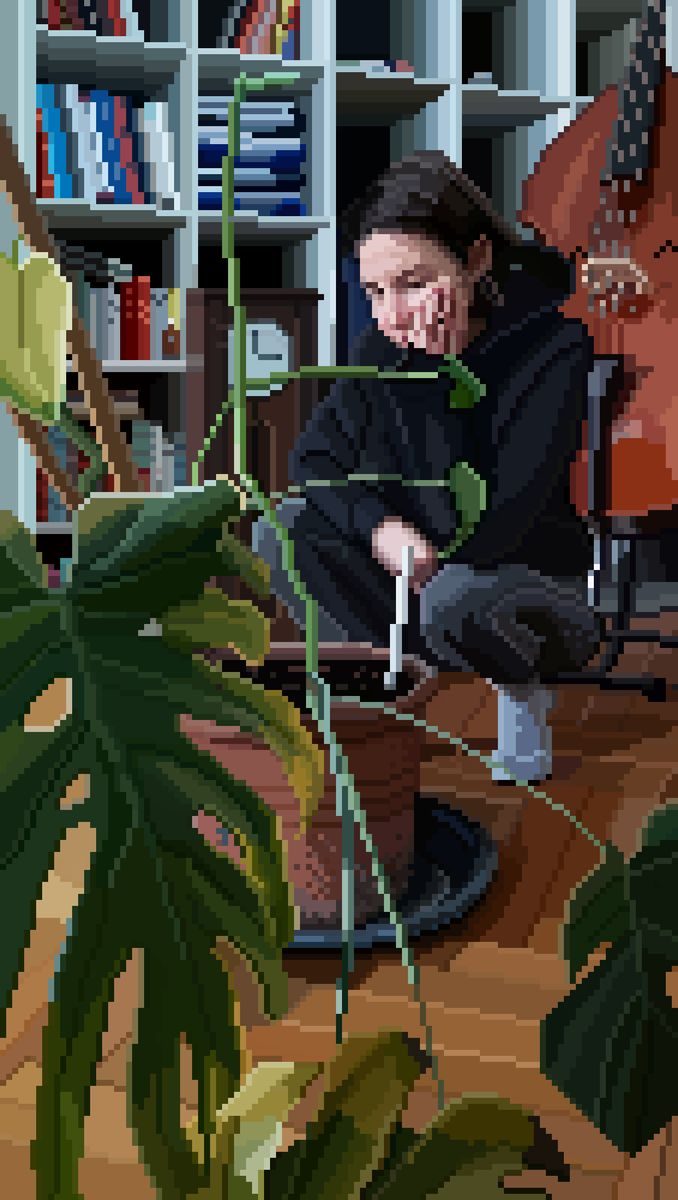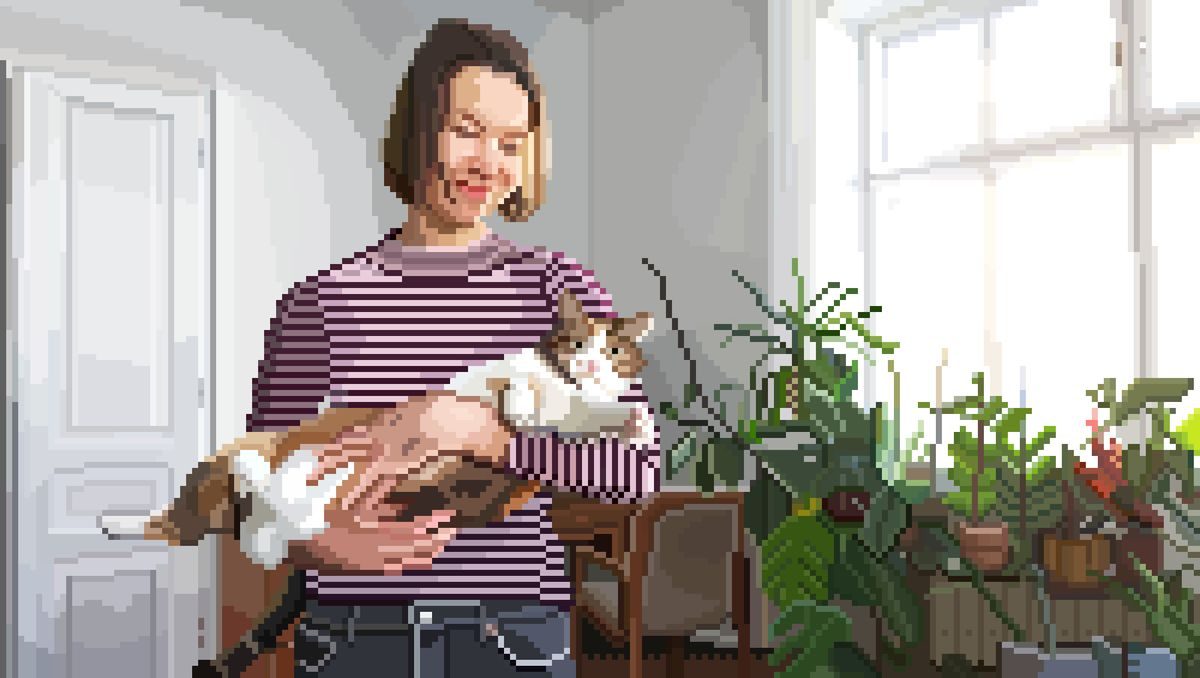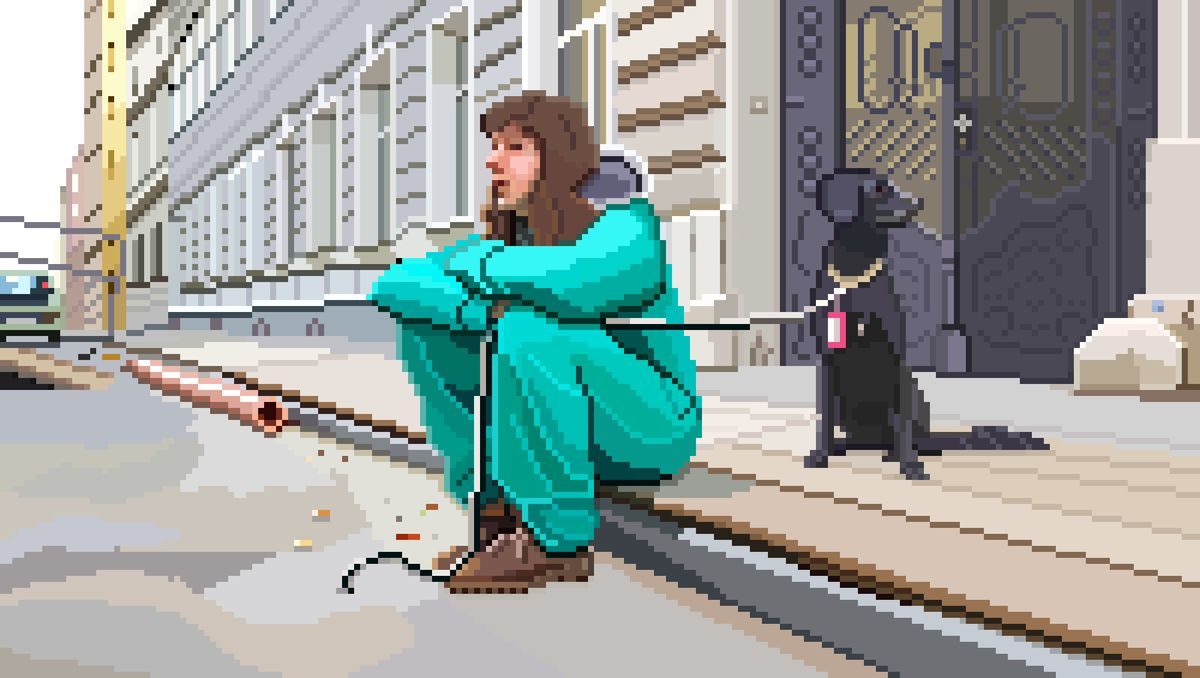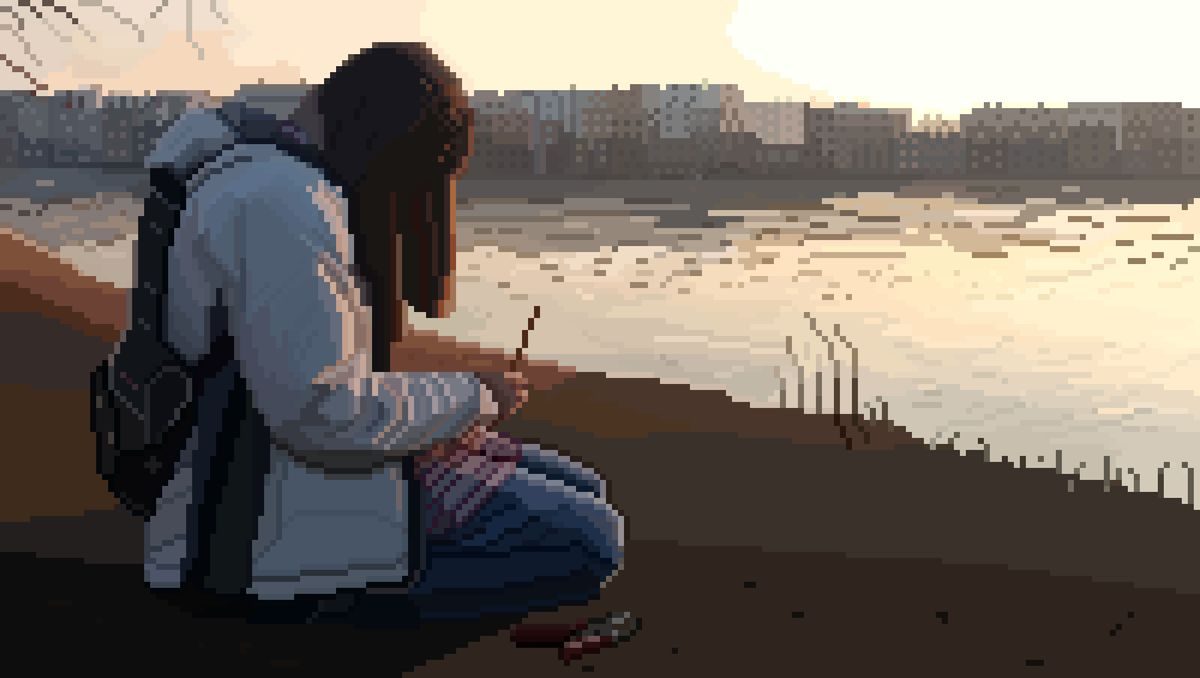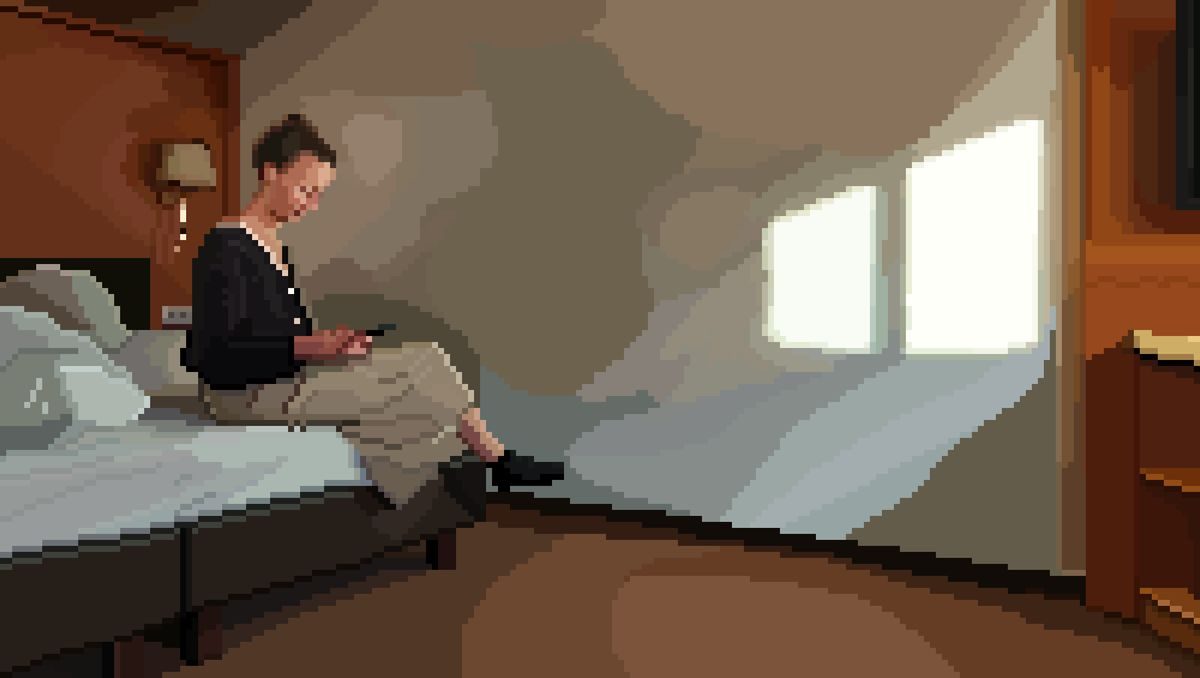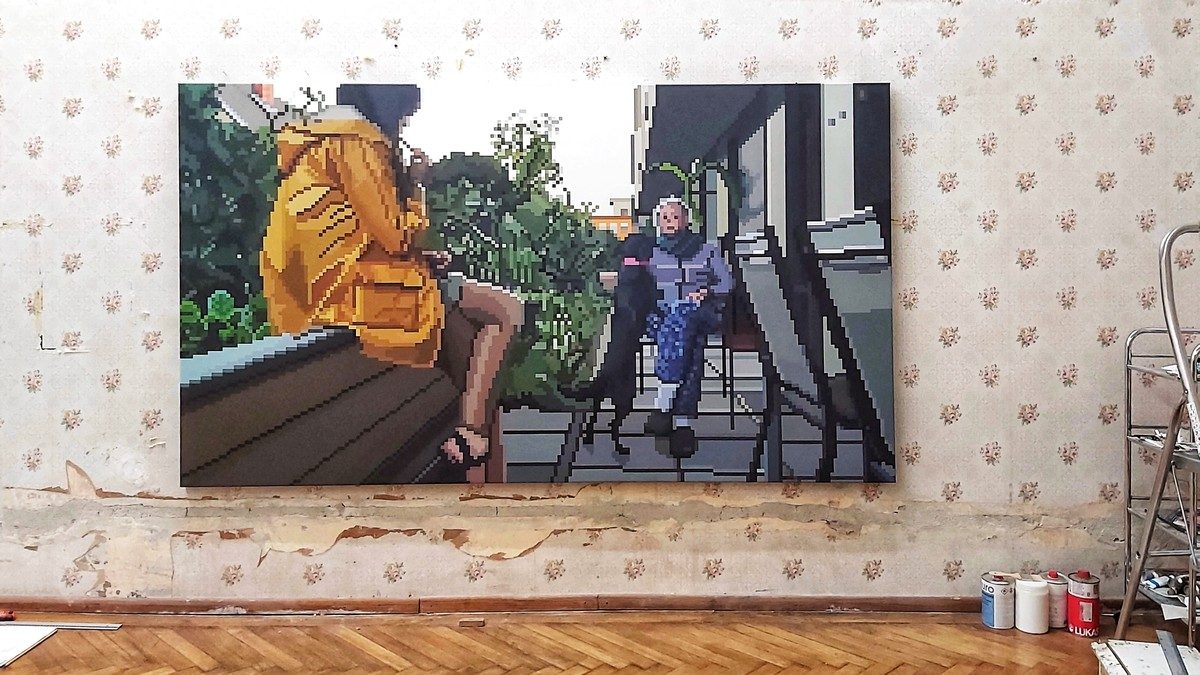Gradations of Trauma, 2017-2024
“Gradations of Trauma” ventures into border areas of everyday, and of everyday trauma. The source images for these works are either taken from (sometimes highly recognizable) news sources, or represent photos from my personal archive (showing people from my closest surroundings).
While the traumatic aspect/event can often immediately be understood in the prior, there can just as well be an underlying unease or restlessness in the latter — where the atmosphere of everyday casualness might prevail, hiding a more complex reality beyond the surface.
I use the equalizing abstraction effect of pixels to bring these aspects together. I ‘ve been using and appropriating various computer graphics aesthetics over the years: geometries, vector graphics, glitches — and pixelations. These pixelated works are made entirely manually; I hand-pixelate each pixel; there is no automation in the process.
I choose a working size (eg. 100 x 66 pixels), which sets the stage for the visual abstraction/the pixel size as experienced in the final work. The works exist both virtually and physically; for the latter, they are printed as if they were photographs. With my PhD thesis focusing on “Painting and Digital Technologies”, I eventually also wanted to embrace the old-school 80ies aesthetics of pixel-based visualities, but also aimed to expand them into HiBit territory. I fluctuate between the two.
Photojournalistic Sources
I started pixelating world events in 2017. It is weird and uncomfortable to do this: who am I to depict things that are not my experience. It feels transgressive, which isn’t my intention.
These are political, yet highly personal works. They show what I care about; there’s nothing that isn’t political, and nothing that isn’t personal.
In addition, this enables me to have a voice in a world that feels to not offer most people such a thing; I stick to the original colors and composition, but still aim to add a relevant layer of self, with the goal to add meaning — of which I’m not sure whether that’s possible.
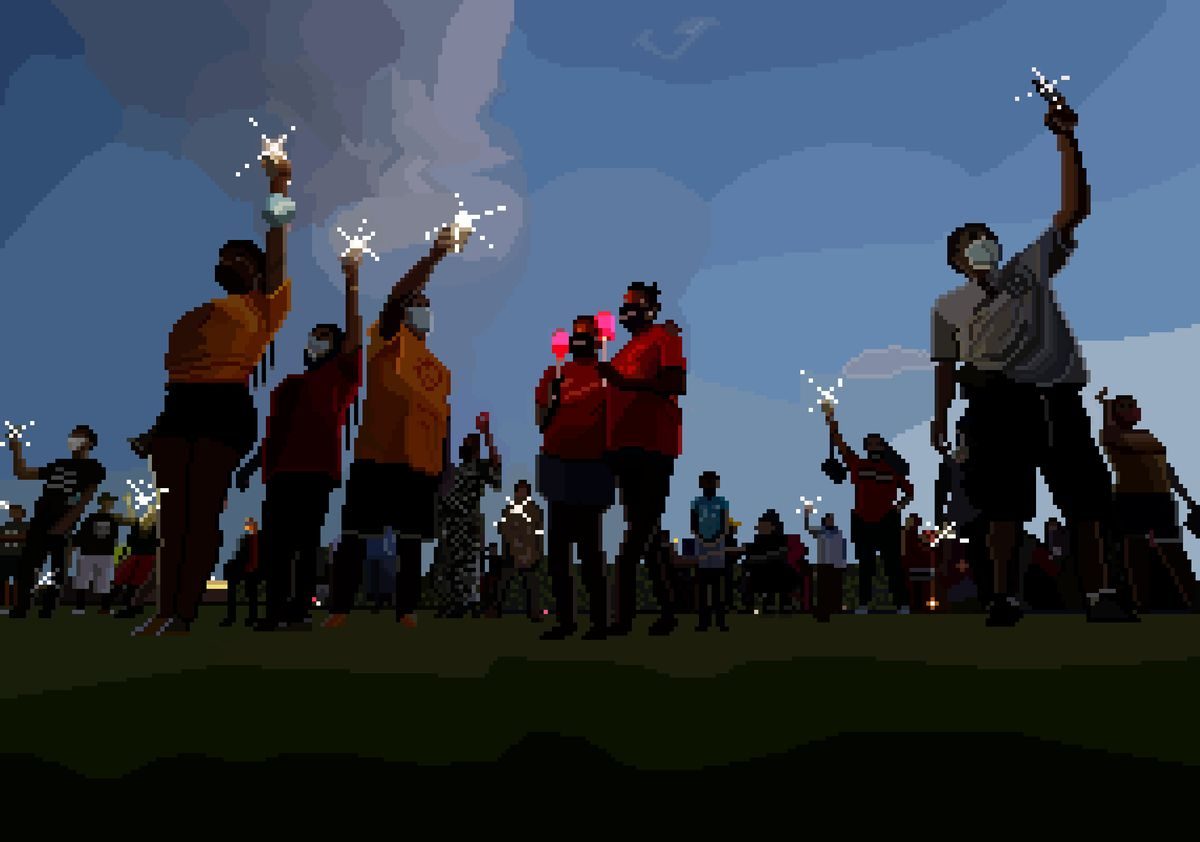
(Original photo by Eric Gay)
200 x 285 px
Pixelation by Christian Bazant-Hegemark, 2020
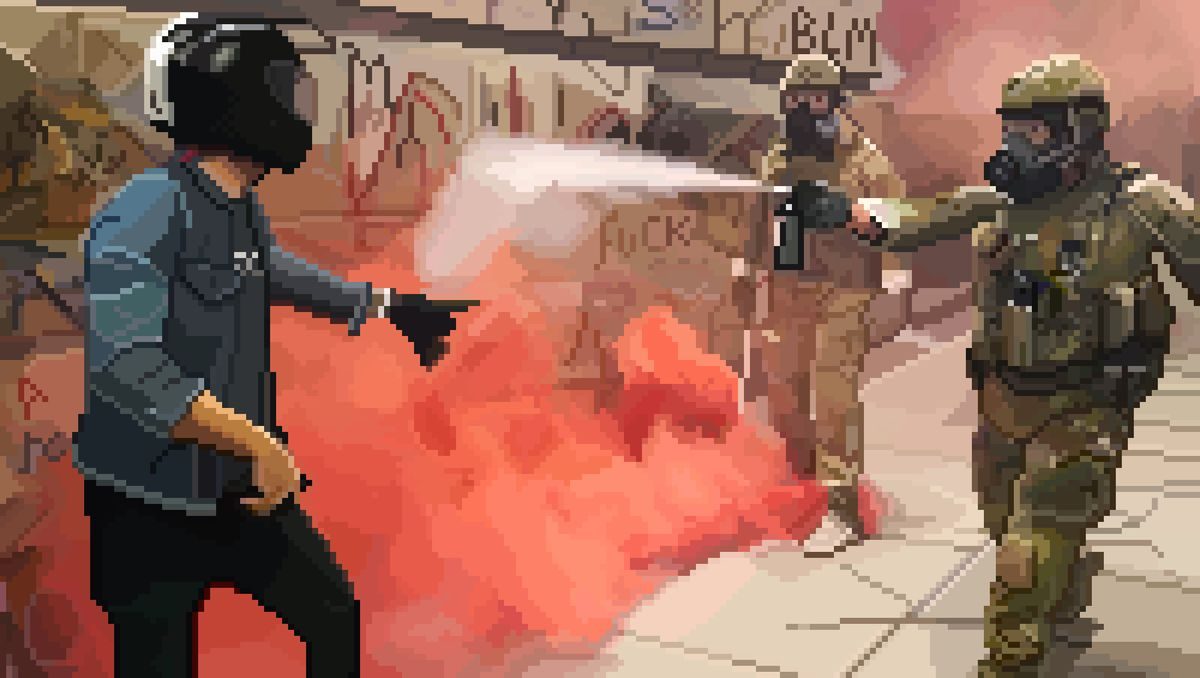
(Original photo by Nathan Howard)
113 x 200 px
Pixelation by Christian Bazant-Hegemark, 2020
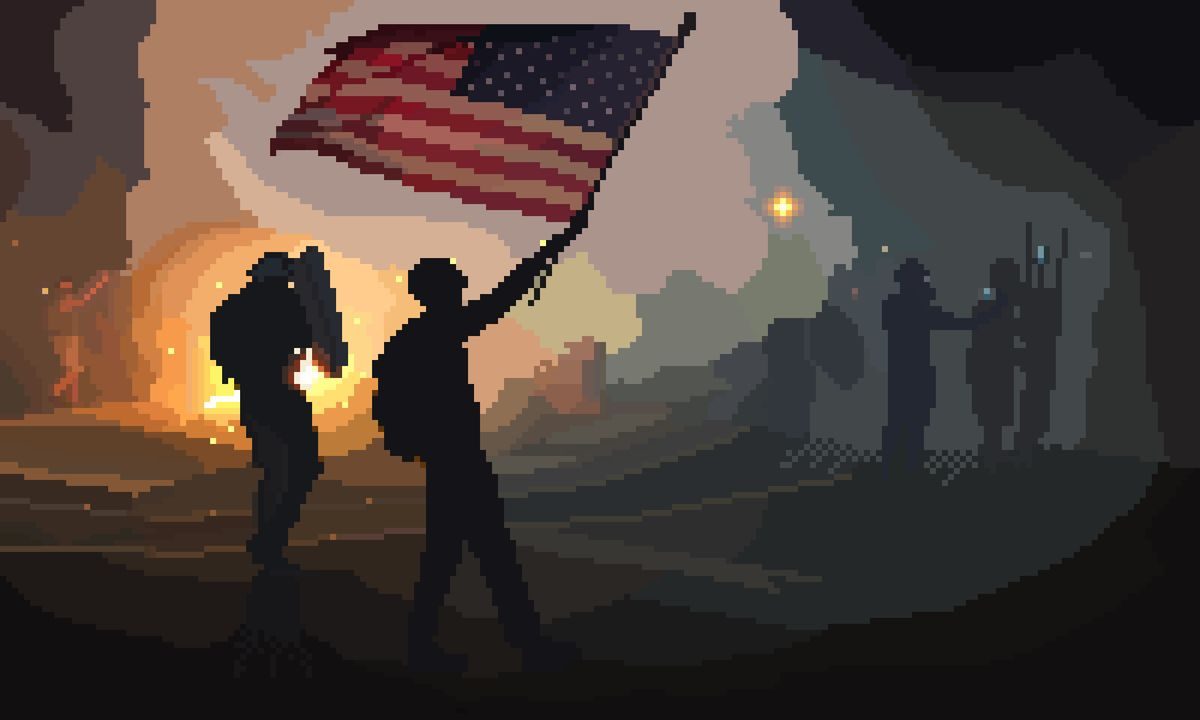
(Original photo by Nathan Howard)
113 x 200 px
Pixelation by Christian Bazant-Hegemark, 2020
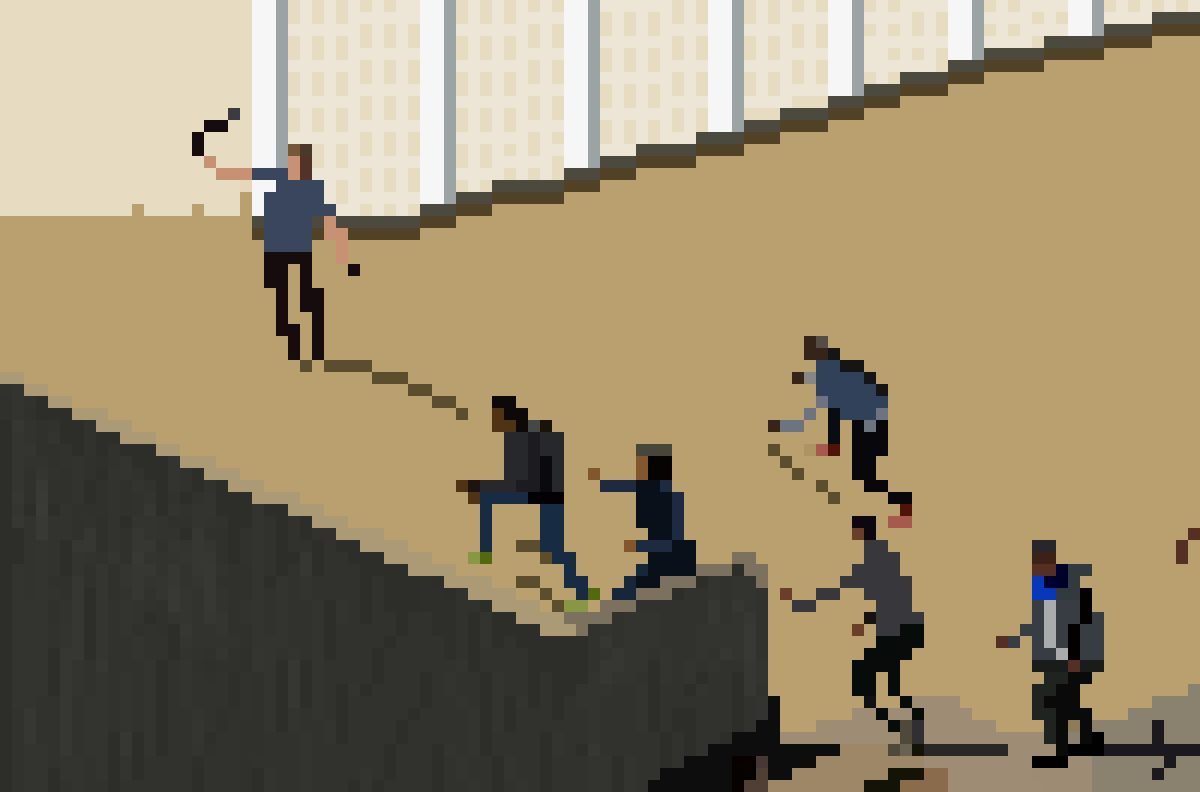
100 x 66 px
Pixelation by Christian Bazant-Hegemark, 2017
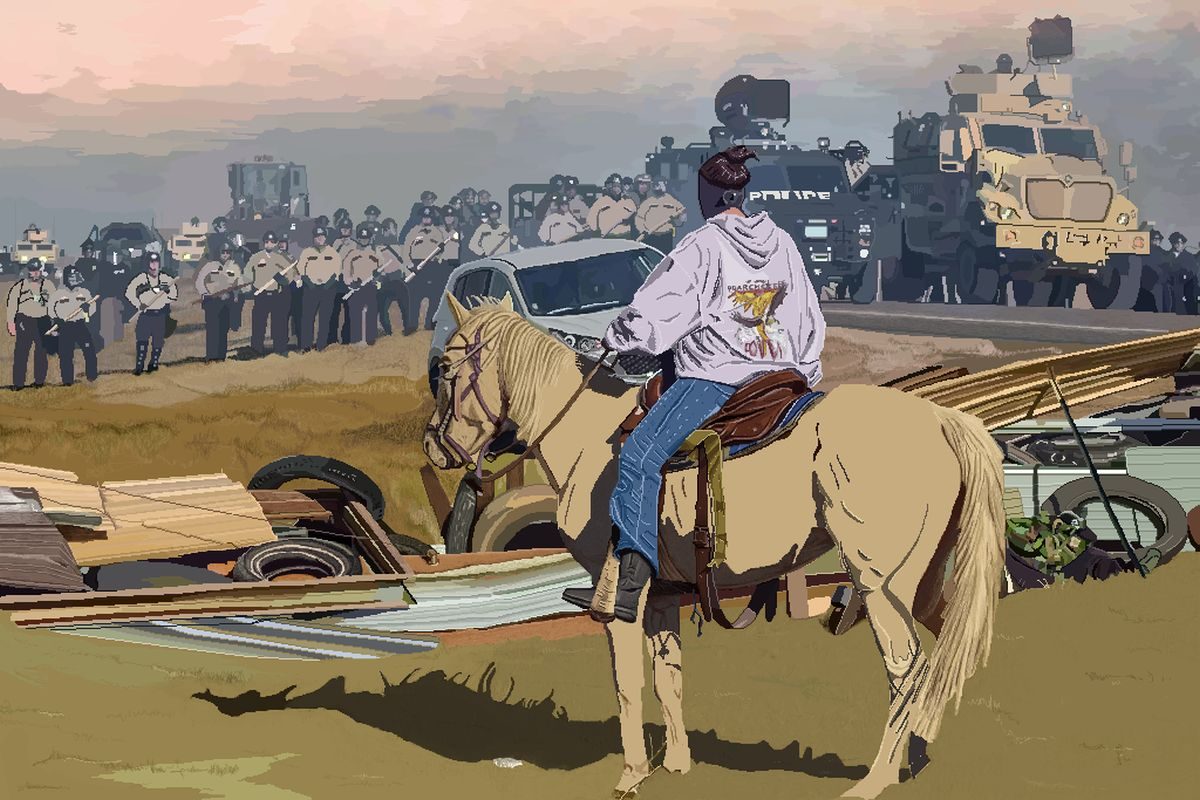
1024 x 683 px
Pixelation by Christian Bazant-Hegemark, 2017
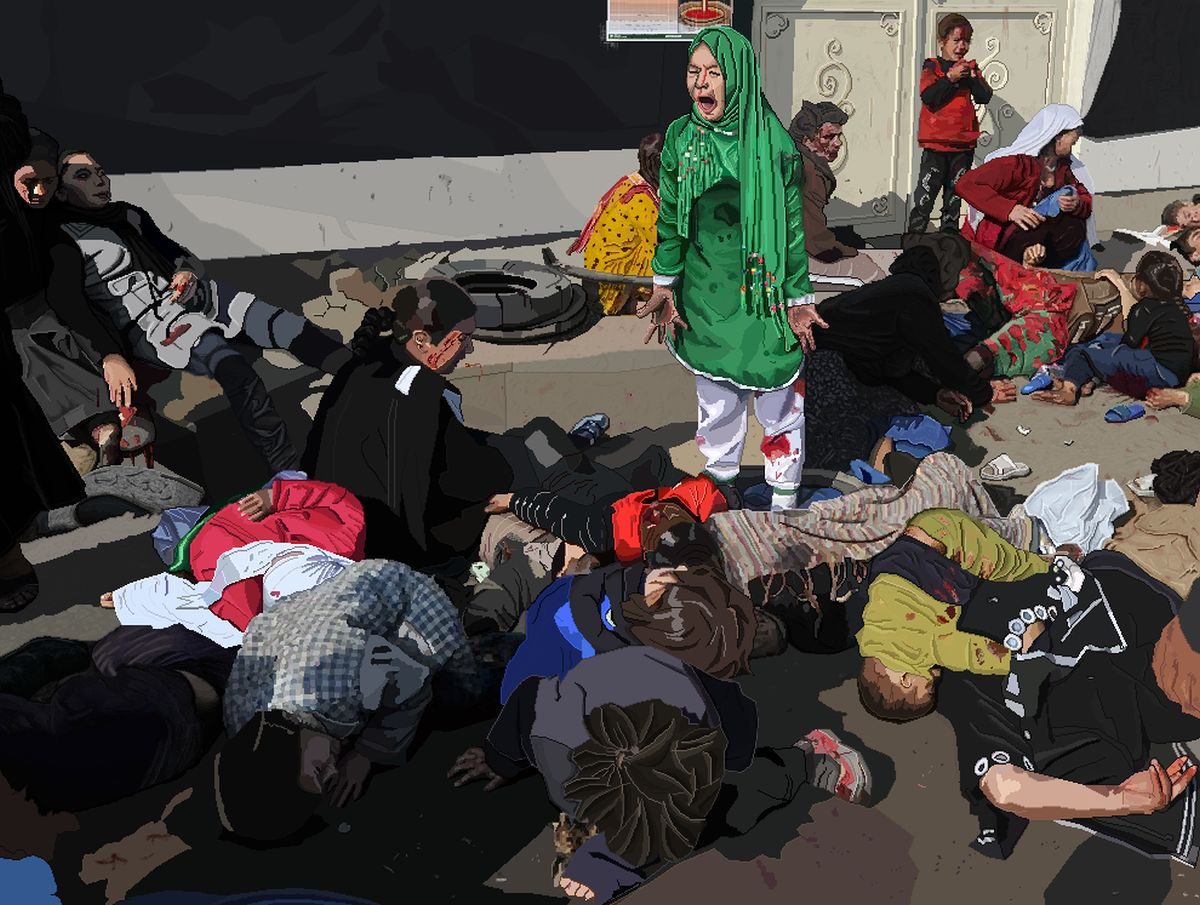
990 x 747 px
Pixelation by Christian Bazant-Hegemark, 2017
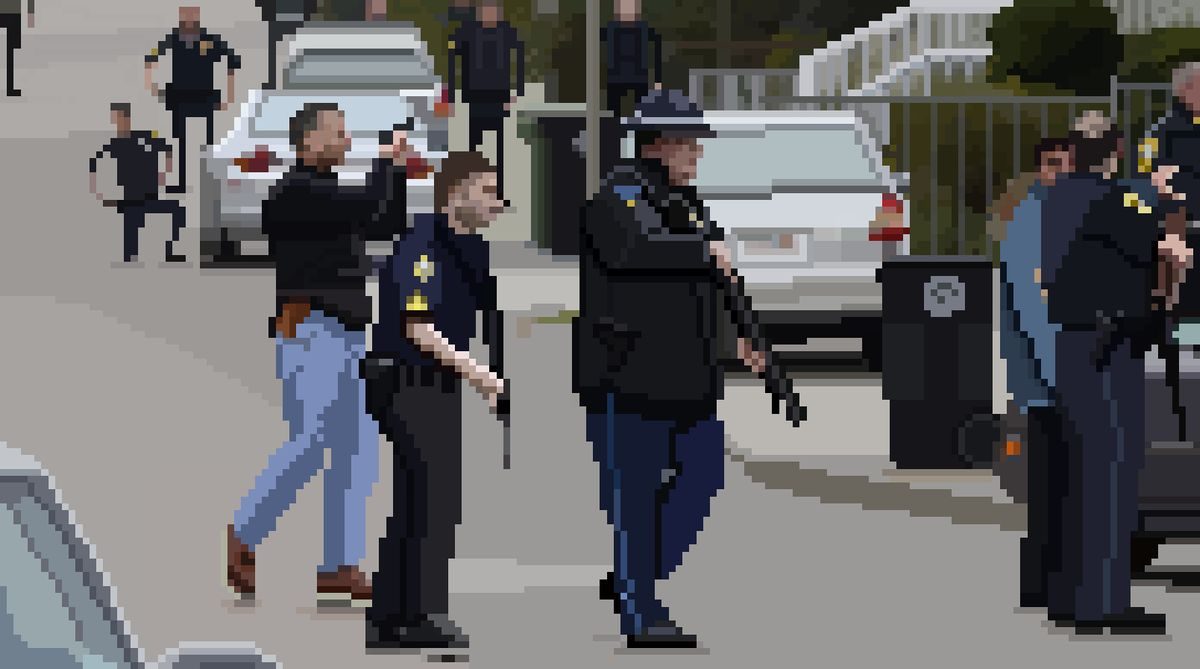
174 x 97 px
Pixelation by Christian Bazant-Hegemark, 2017
Personal Source Material
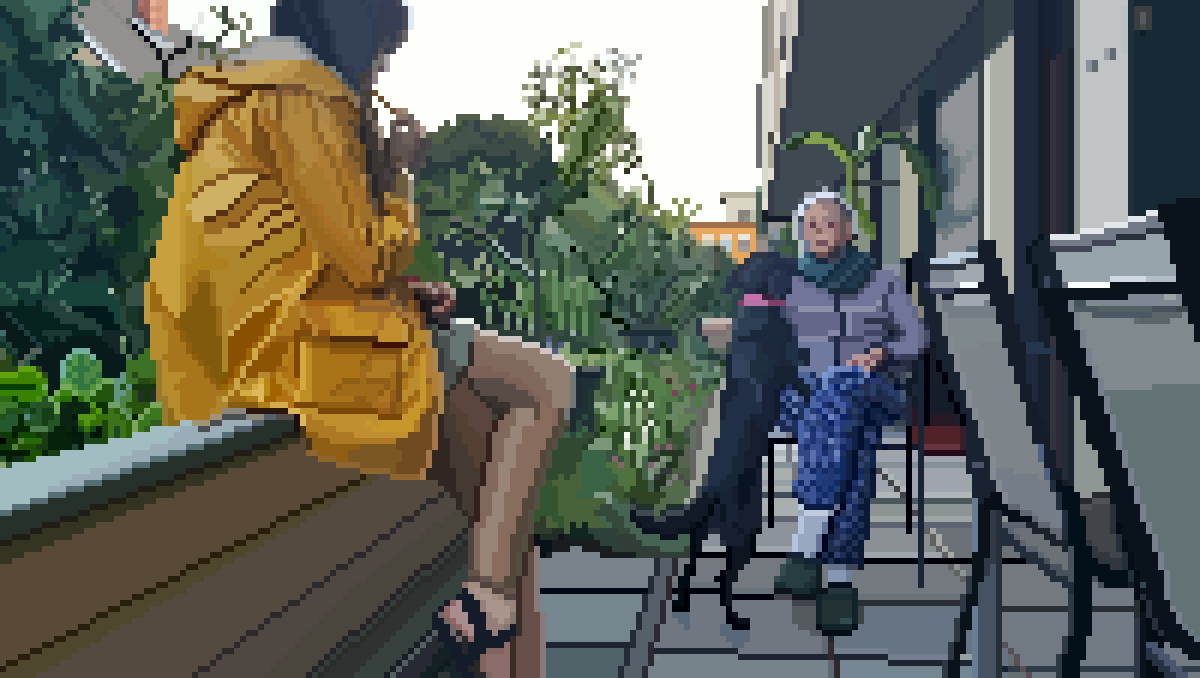
113 x 200 px (115 x 235 cm)
Original photo and pixelation by Christian Bazant-Hegemark, 2020
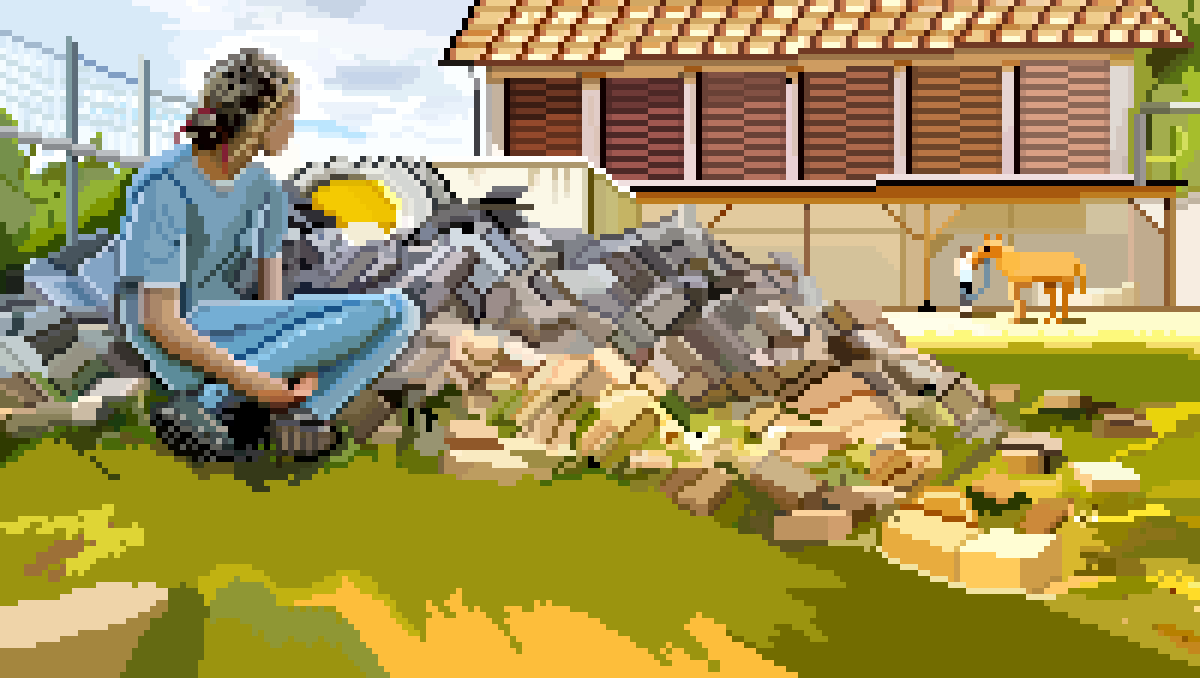
150 x 200 px
Original photo and pixelation by Christian Bazant-Hegemark

130 x 200 px
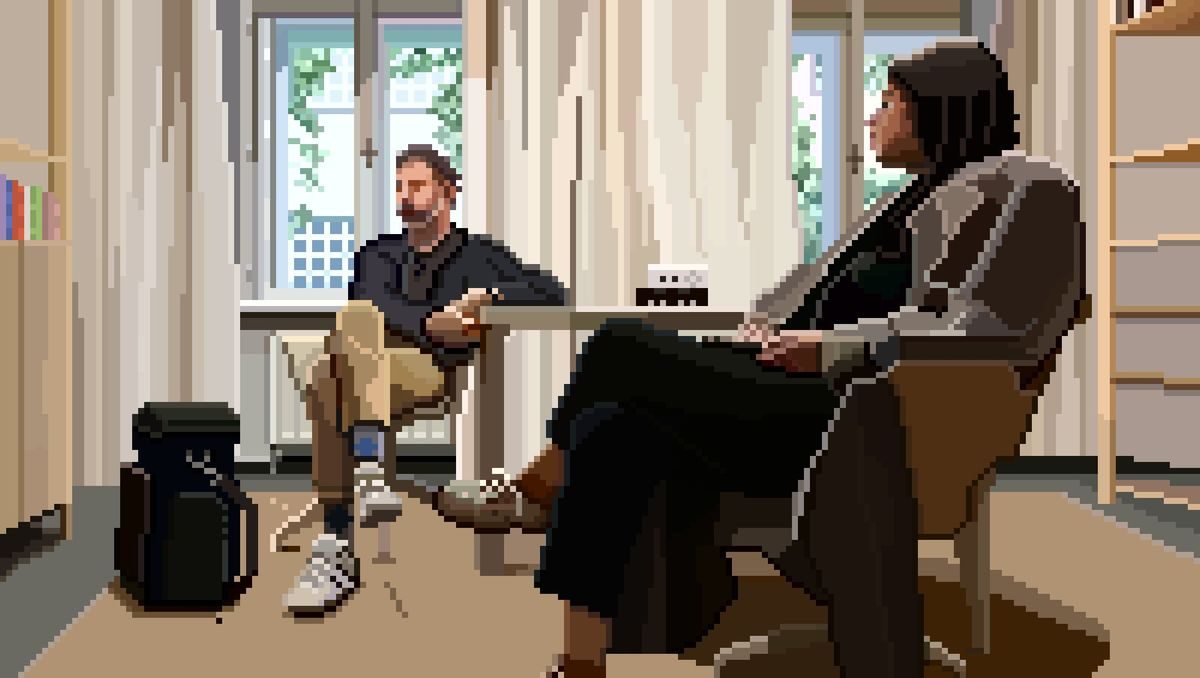
113 x 200 px
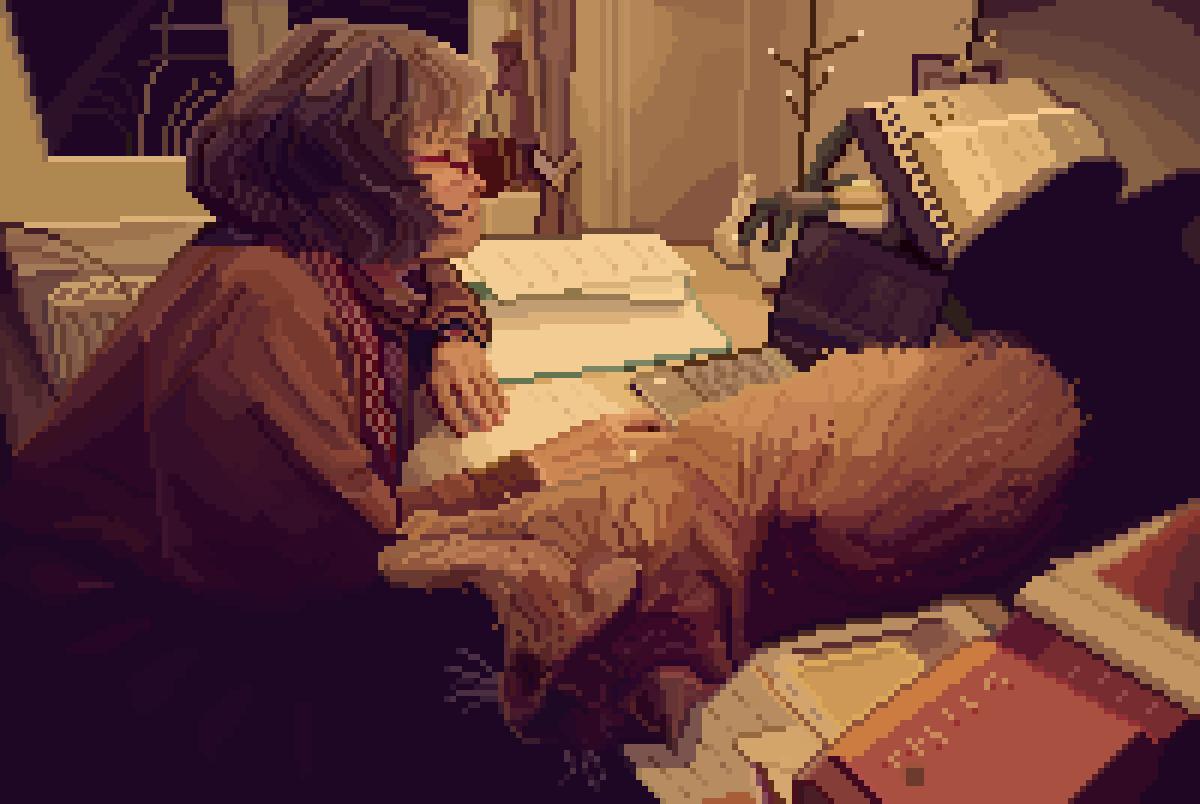
134 x 200 px
Original photo and pixelation by Christian Bazant-Hegemark, 2020
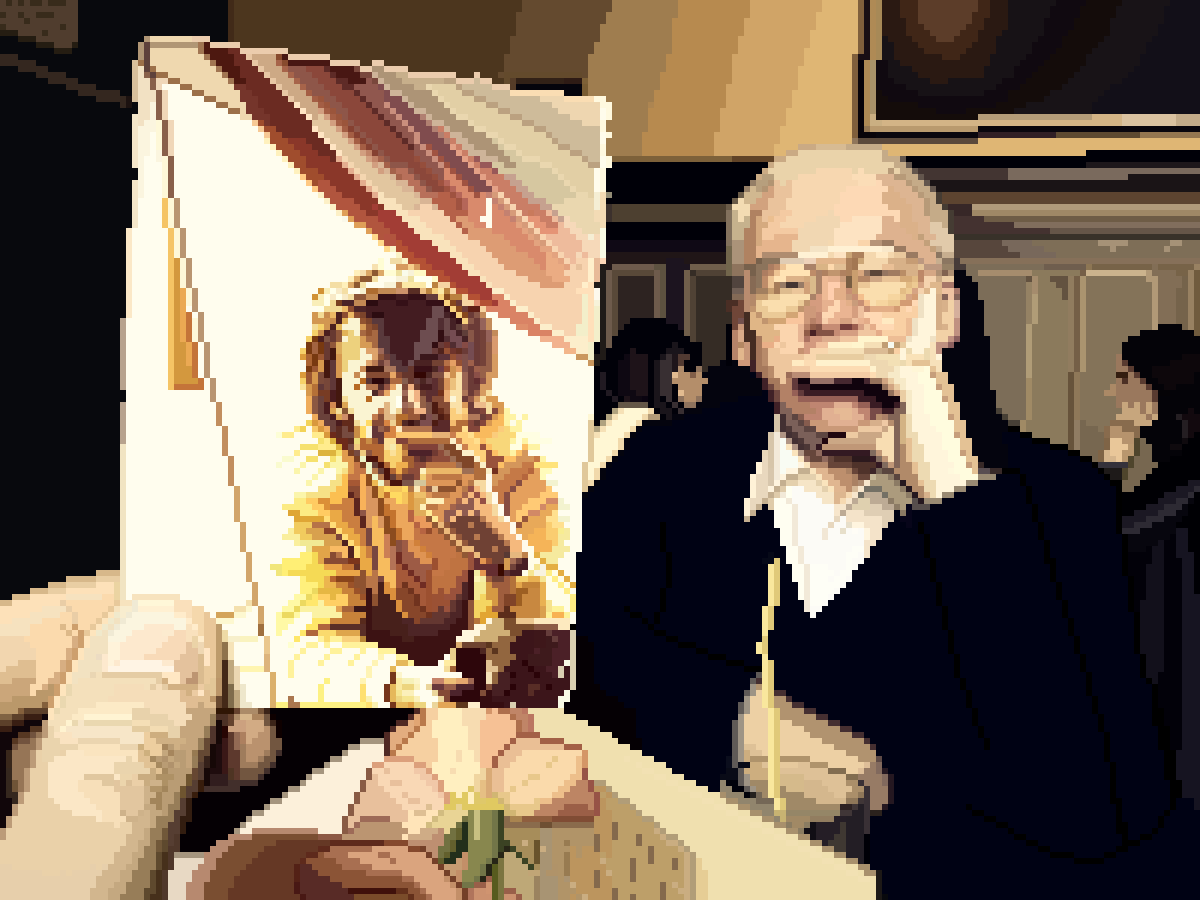
150 x 200 px
Original photo and pixelation by Christian Bazant-Hegemark
